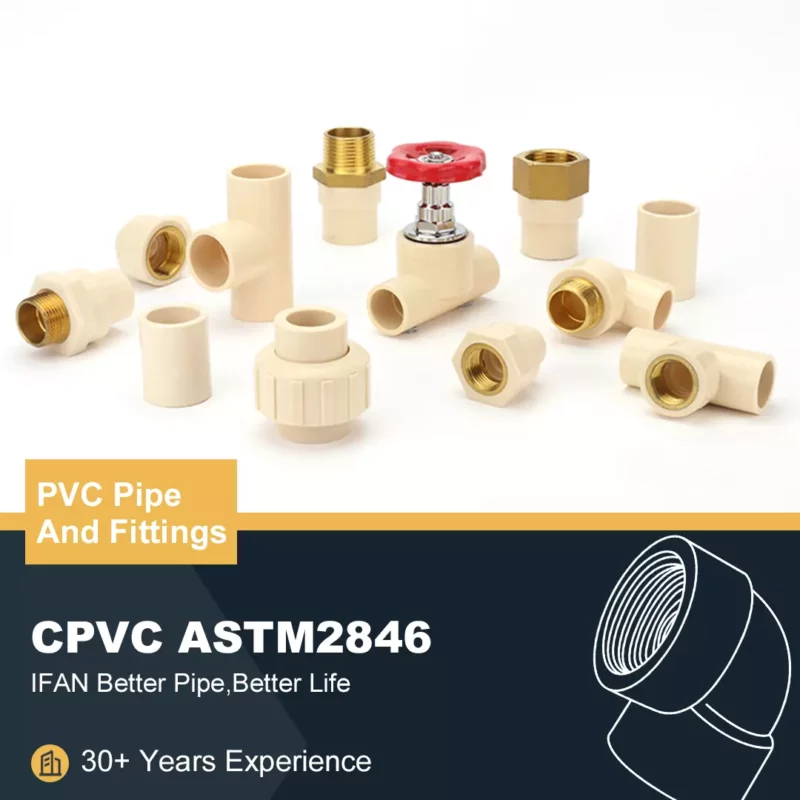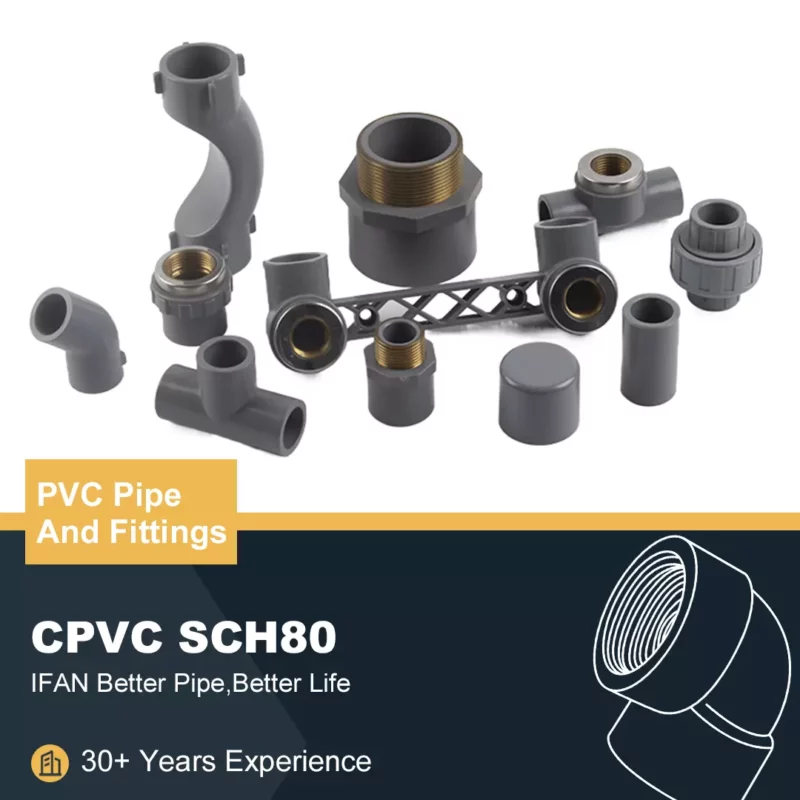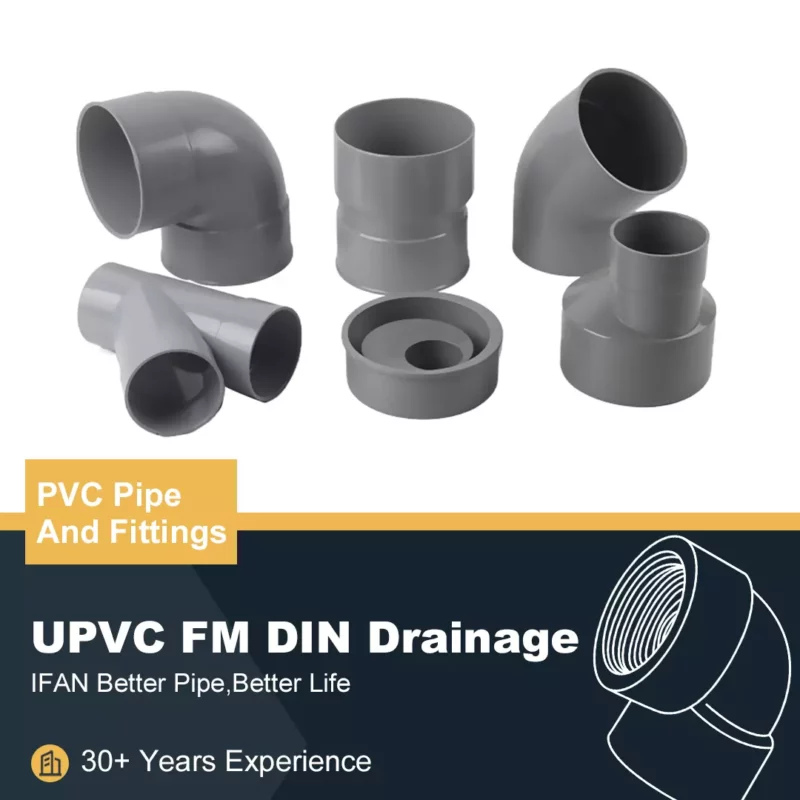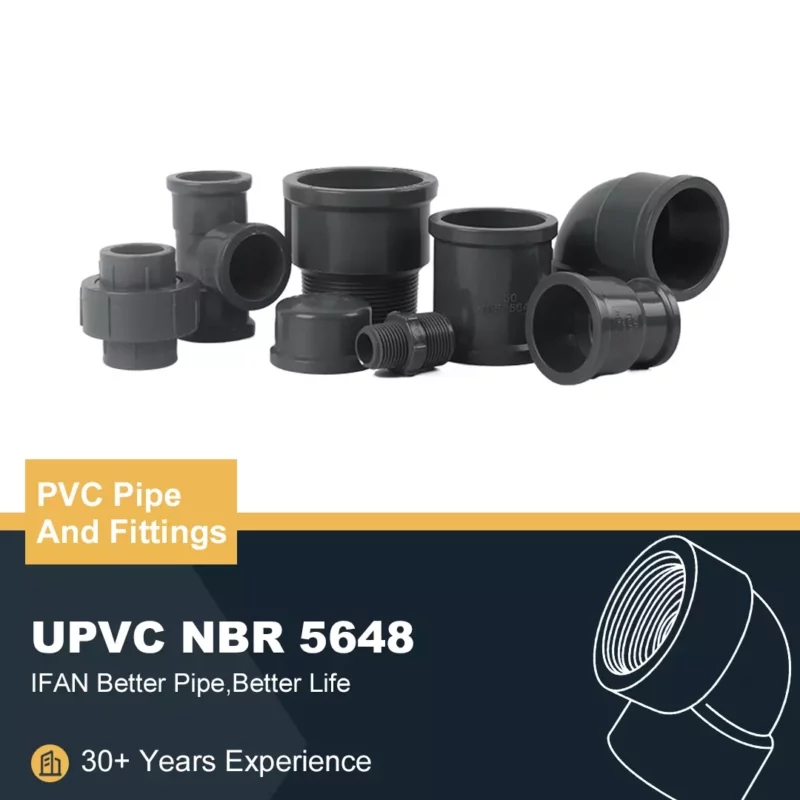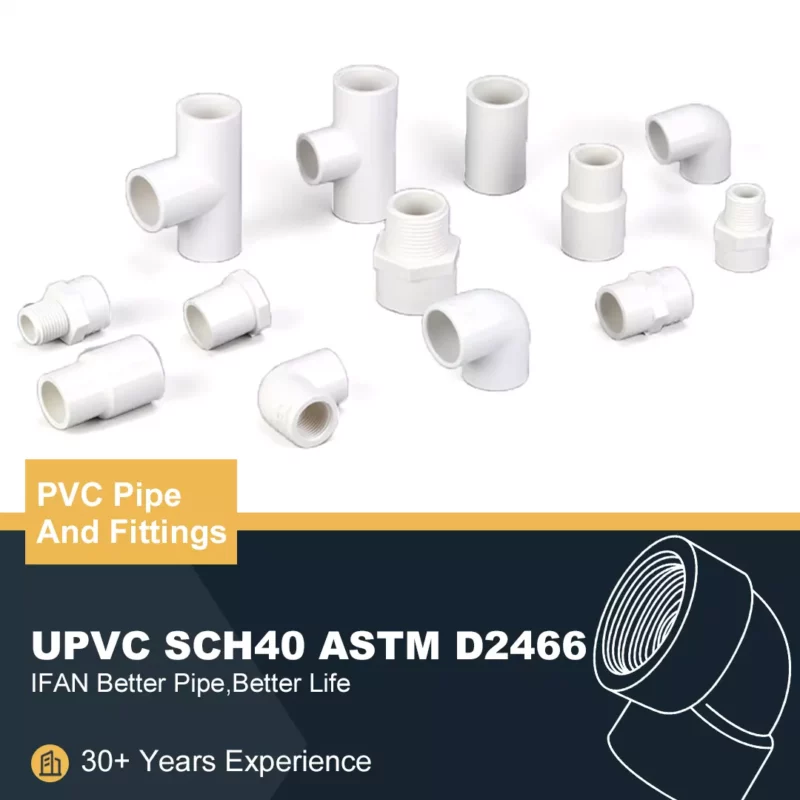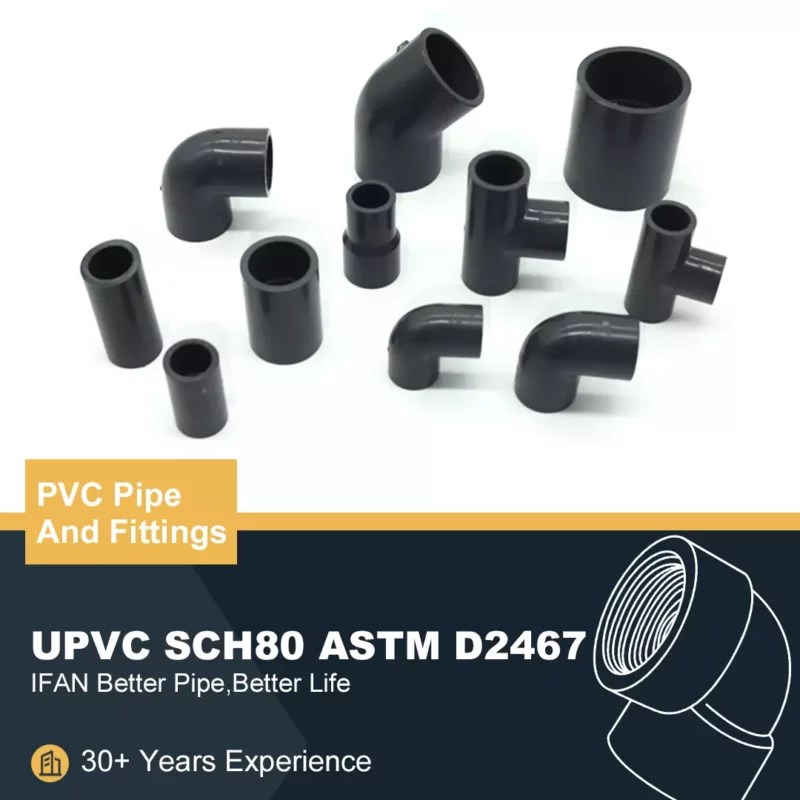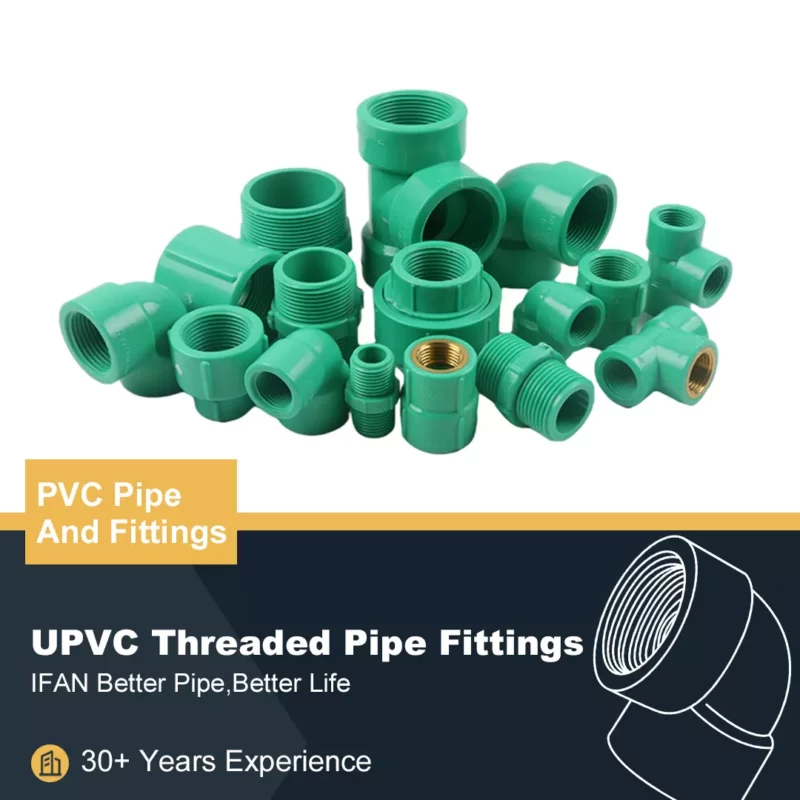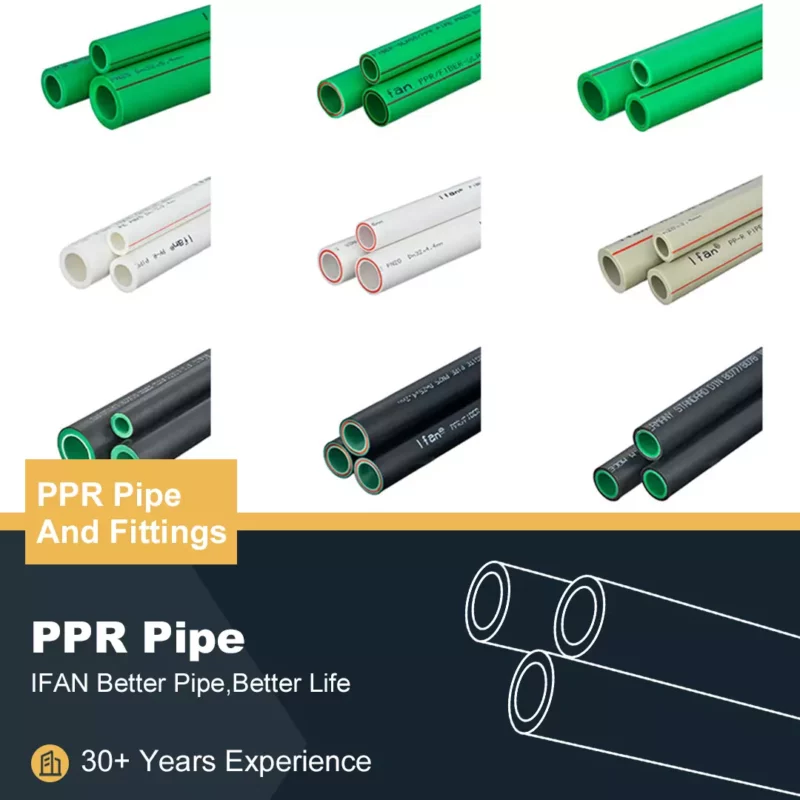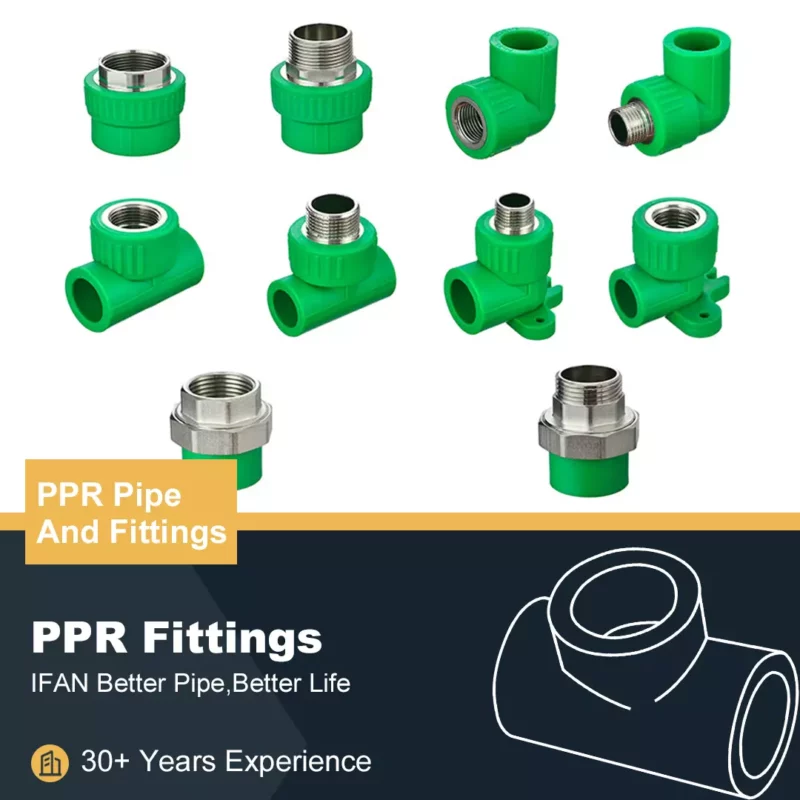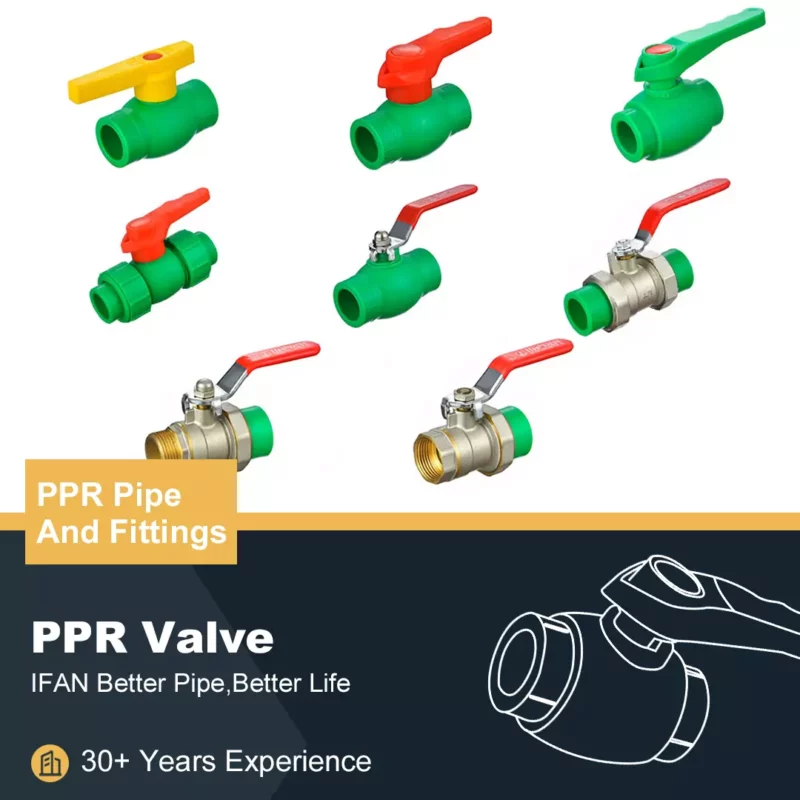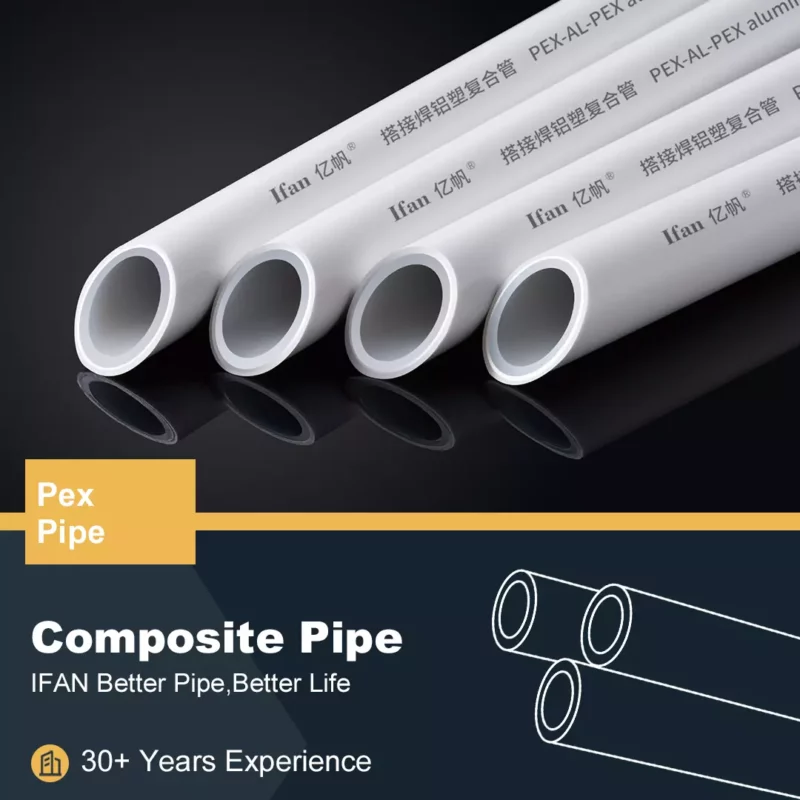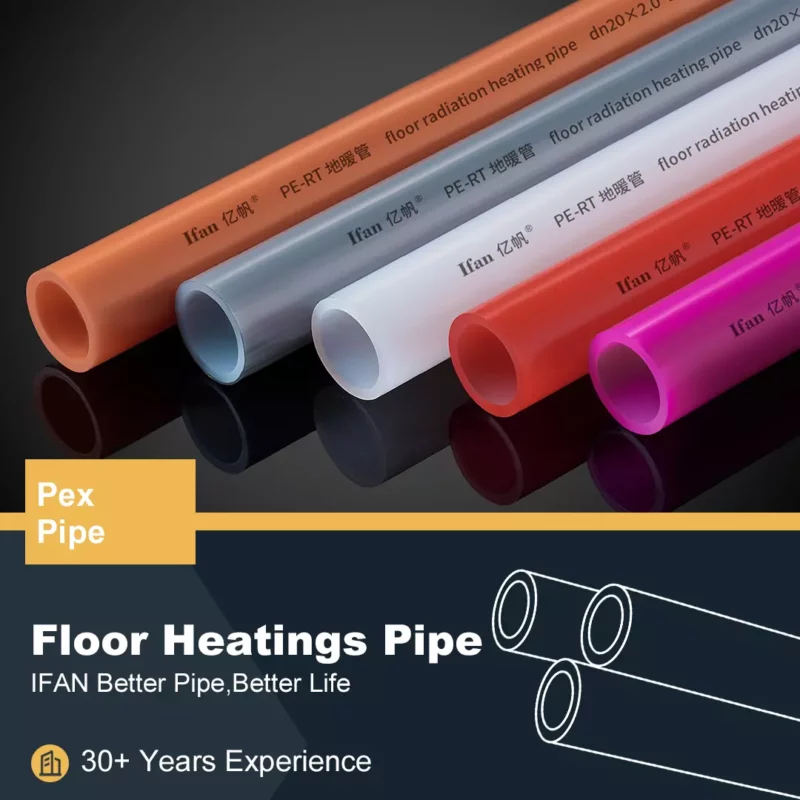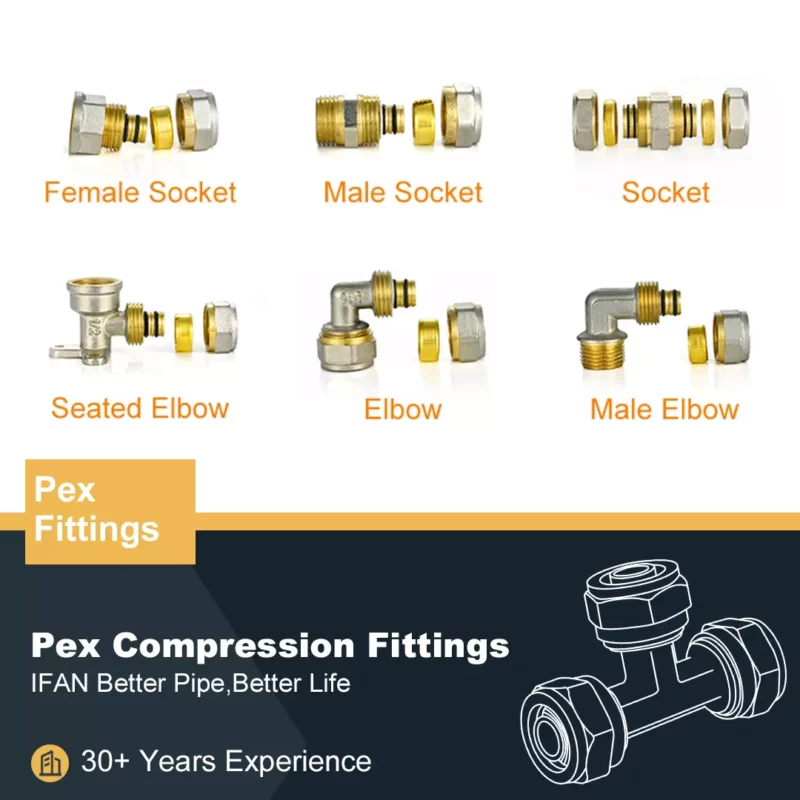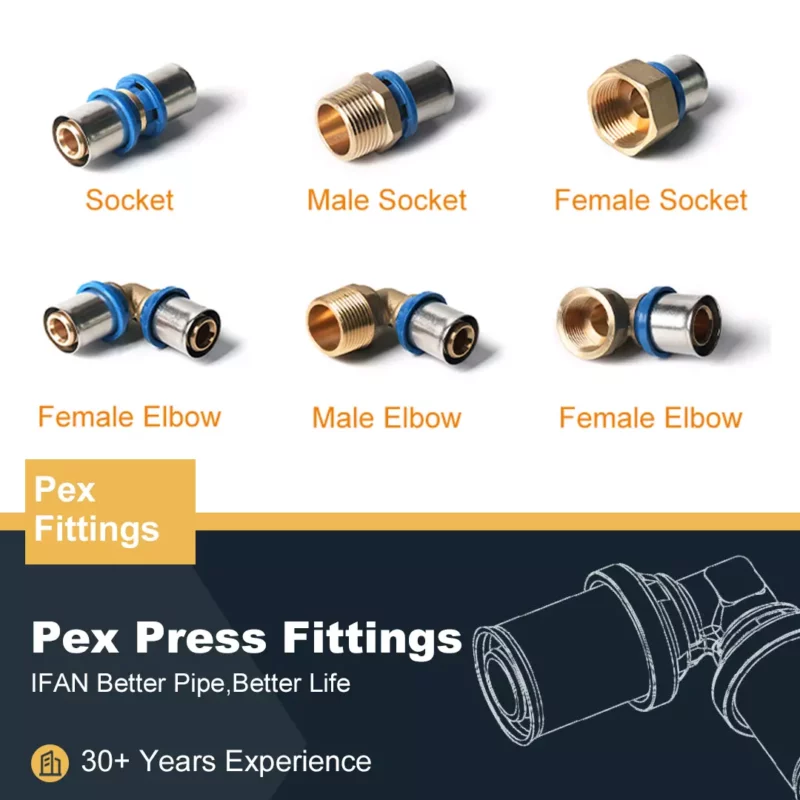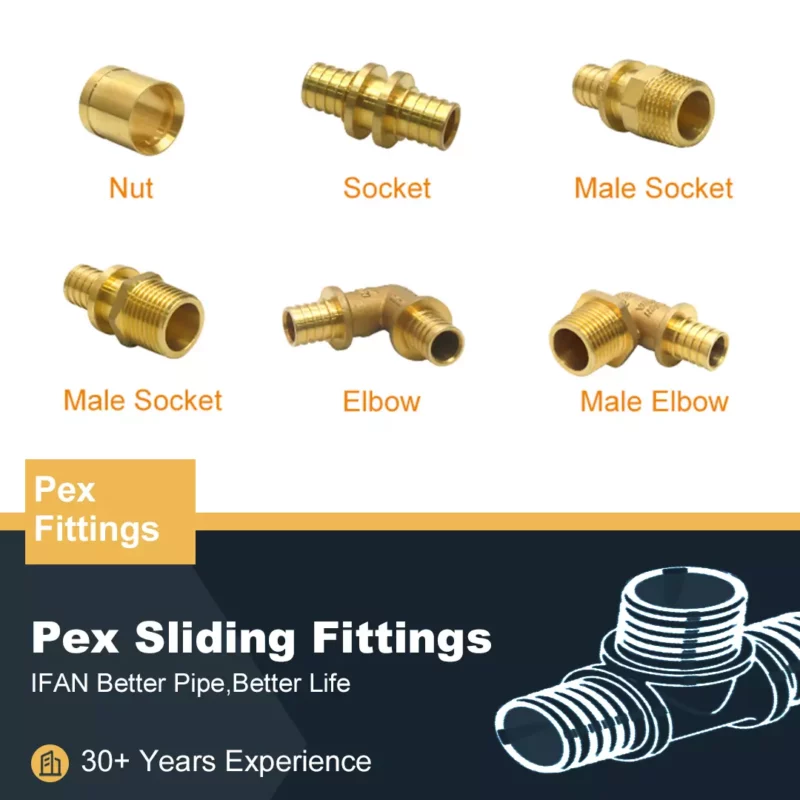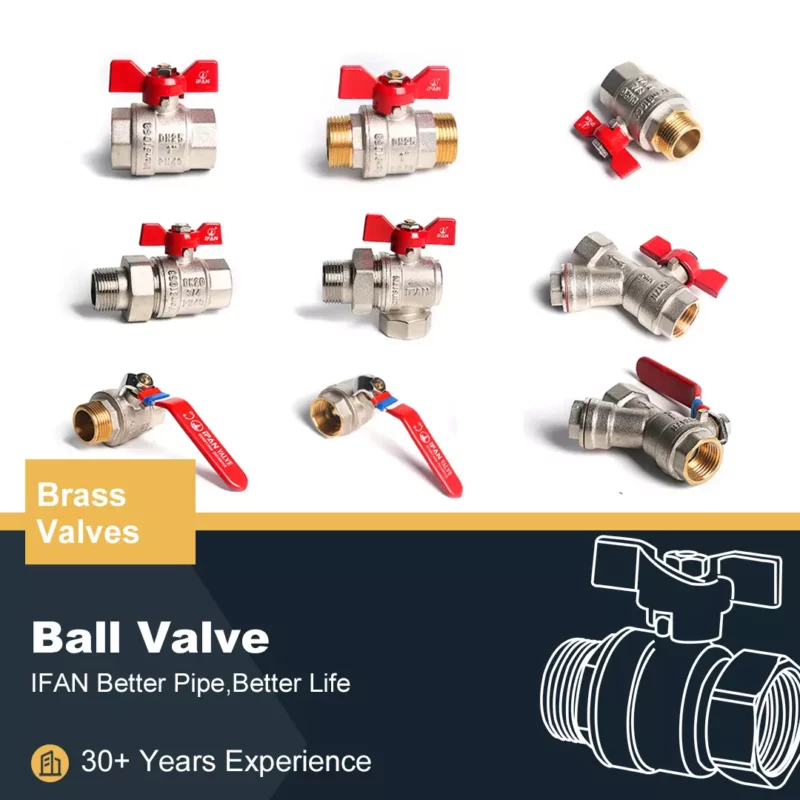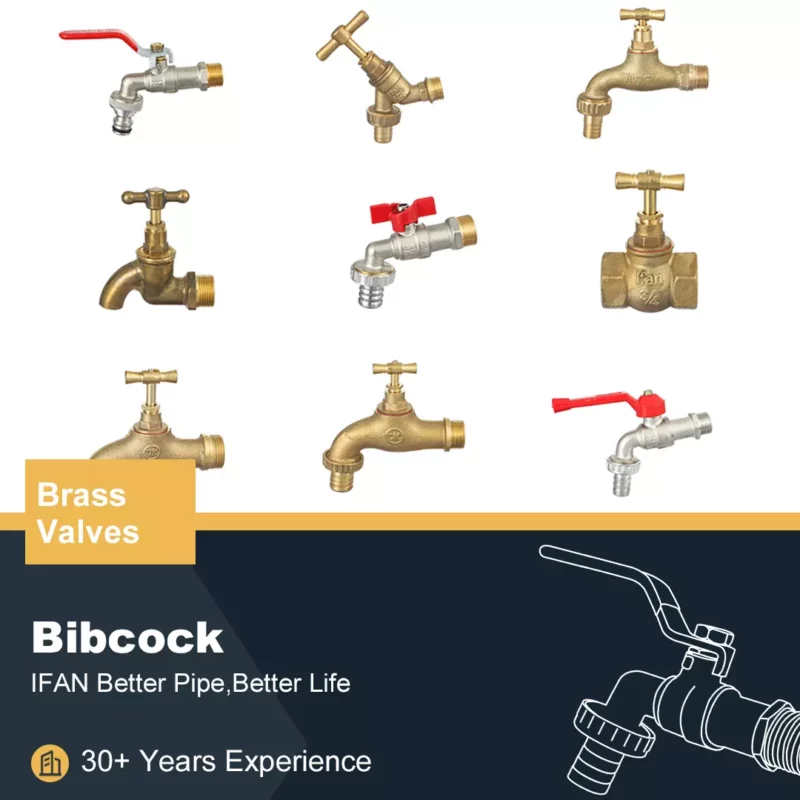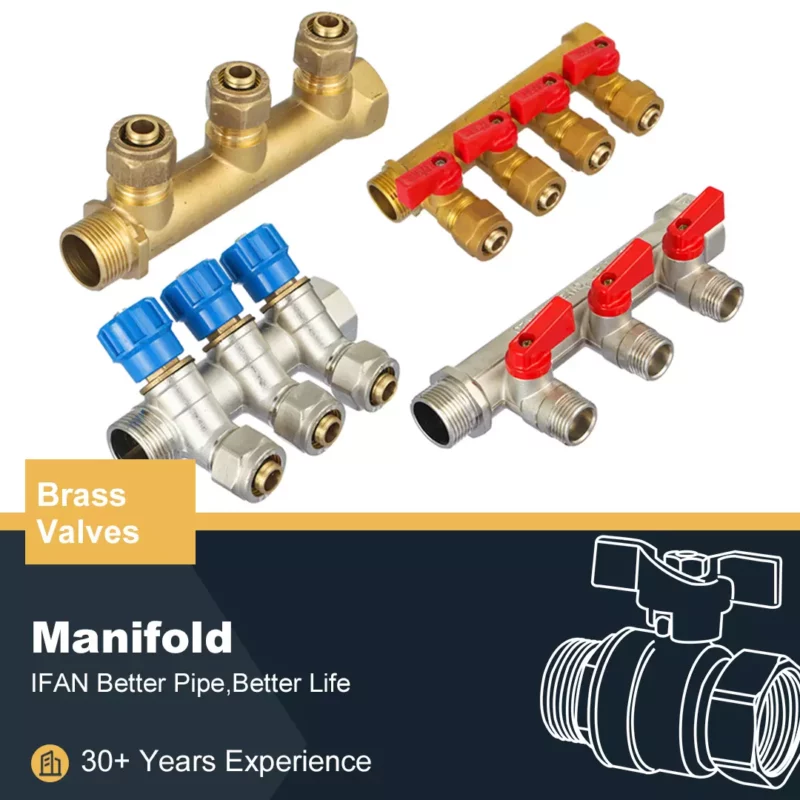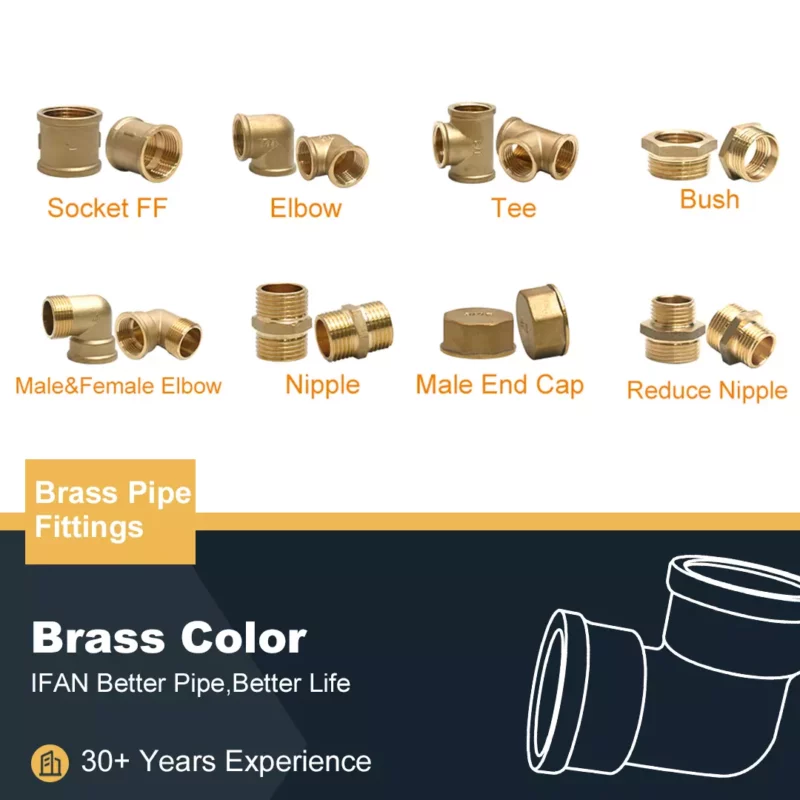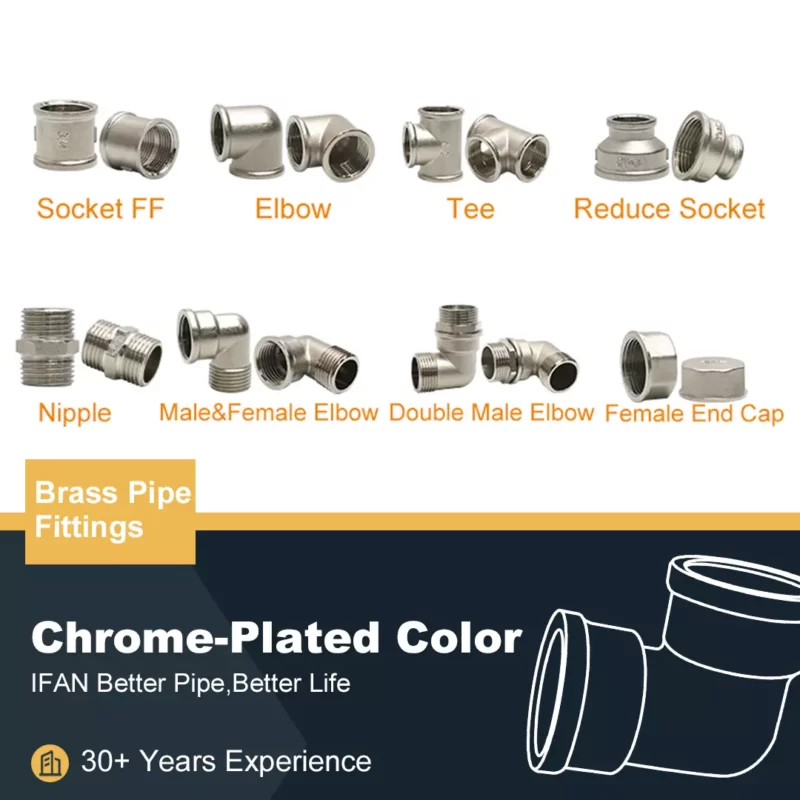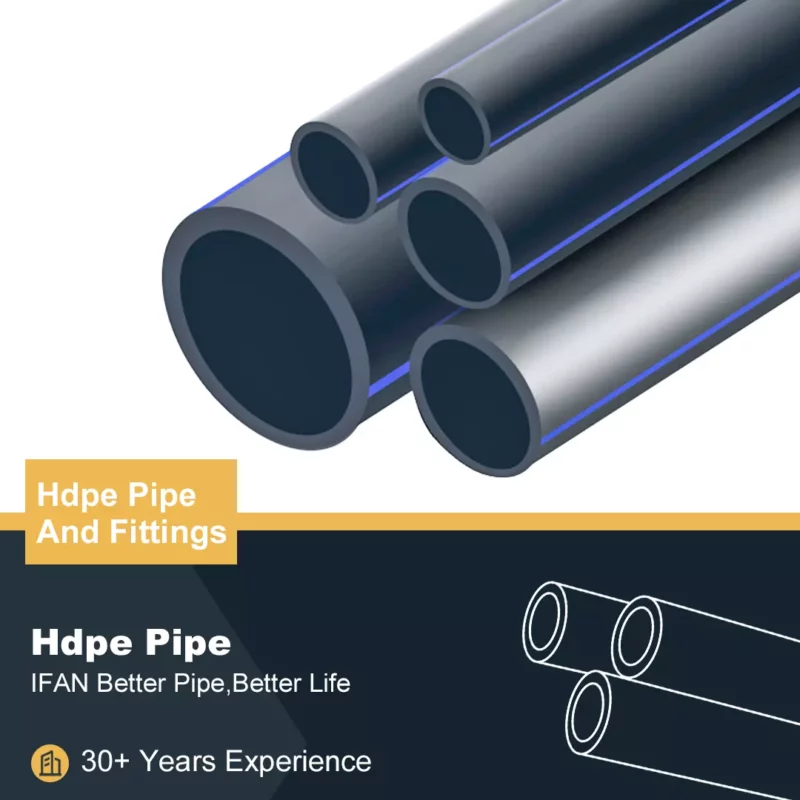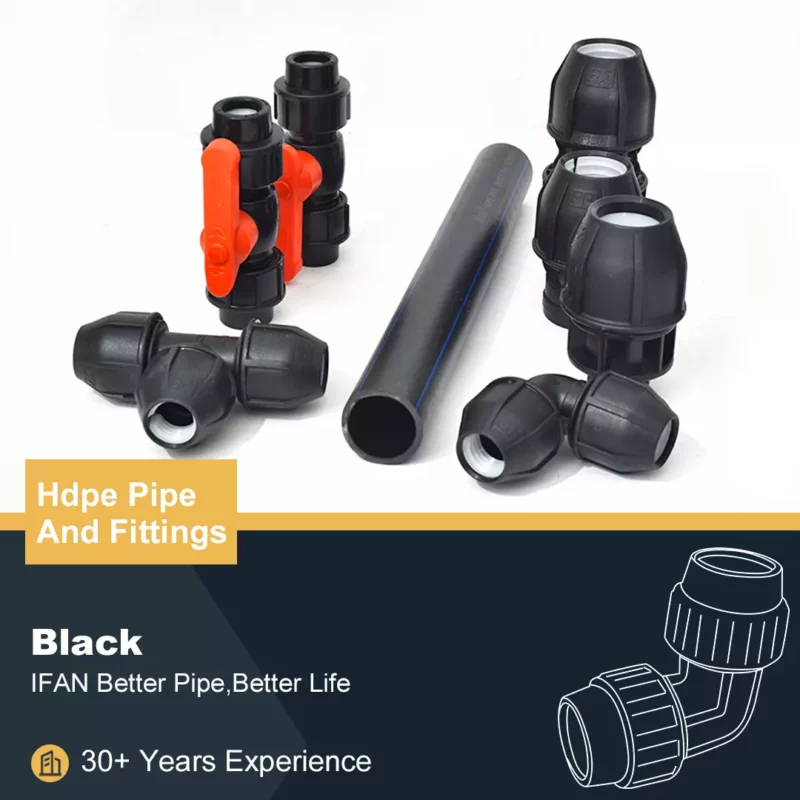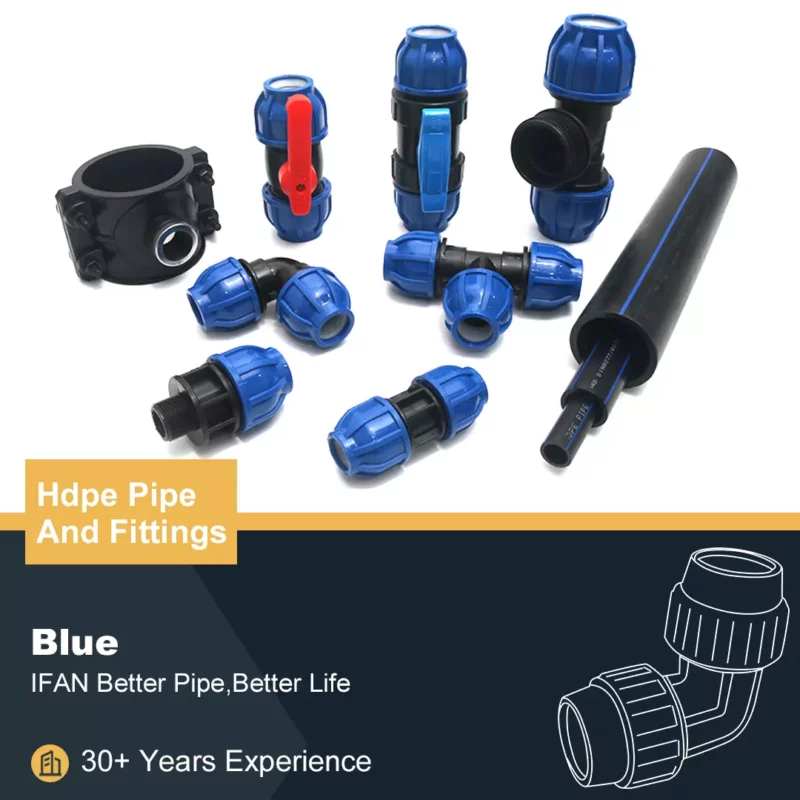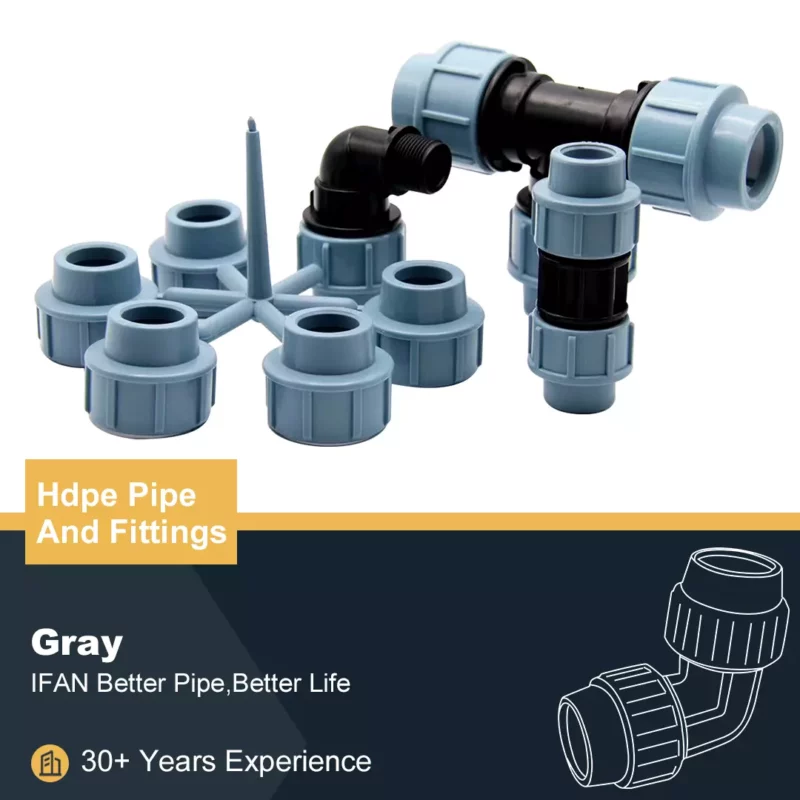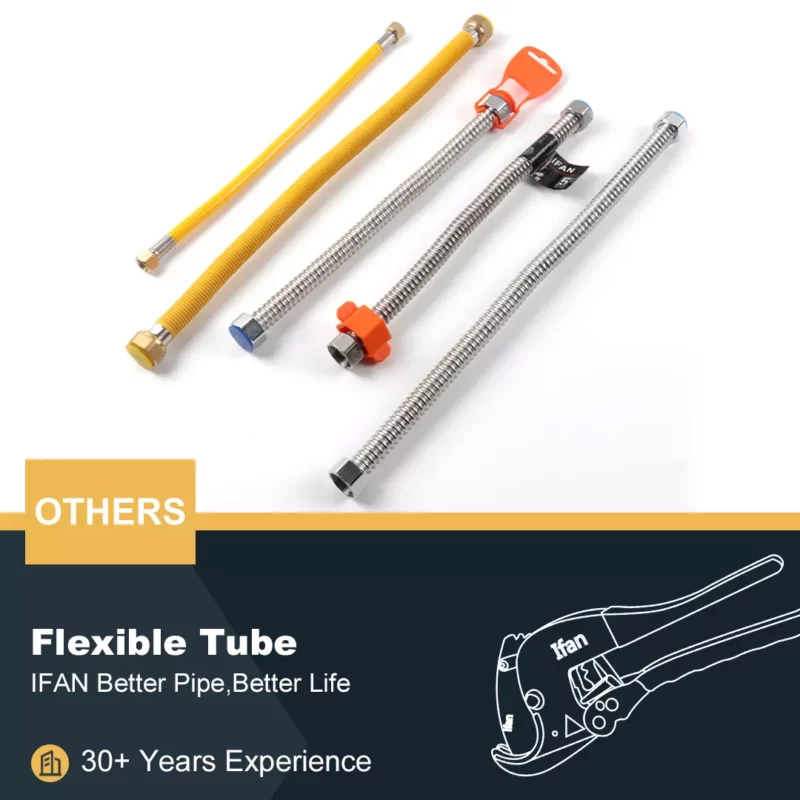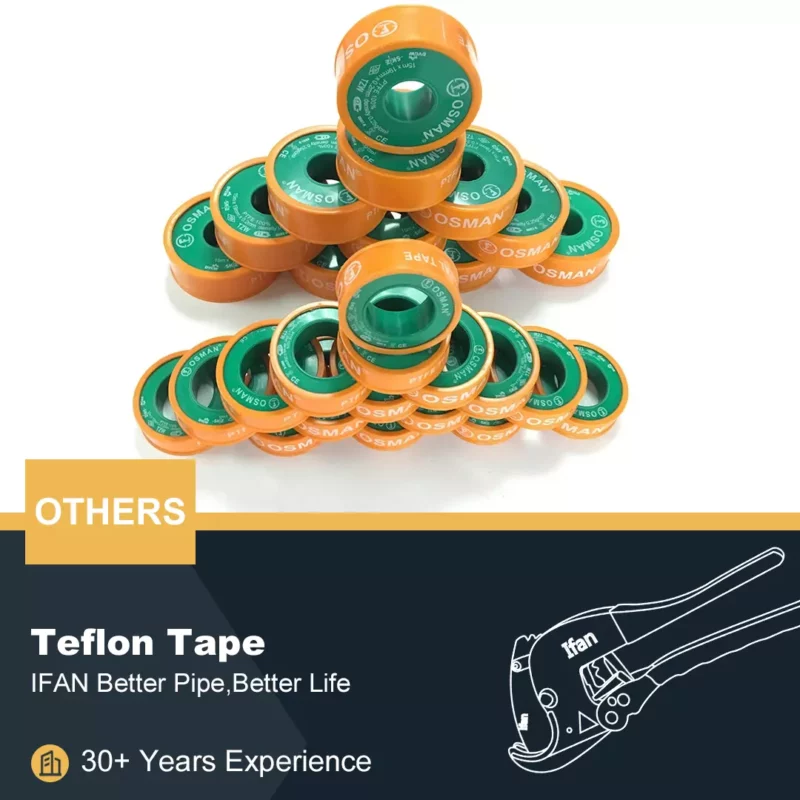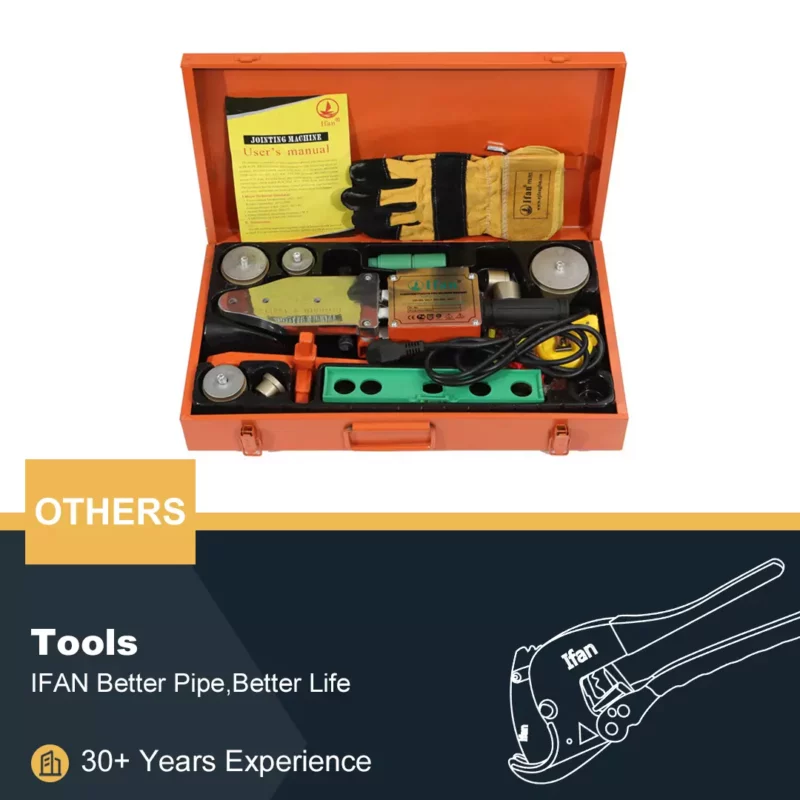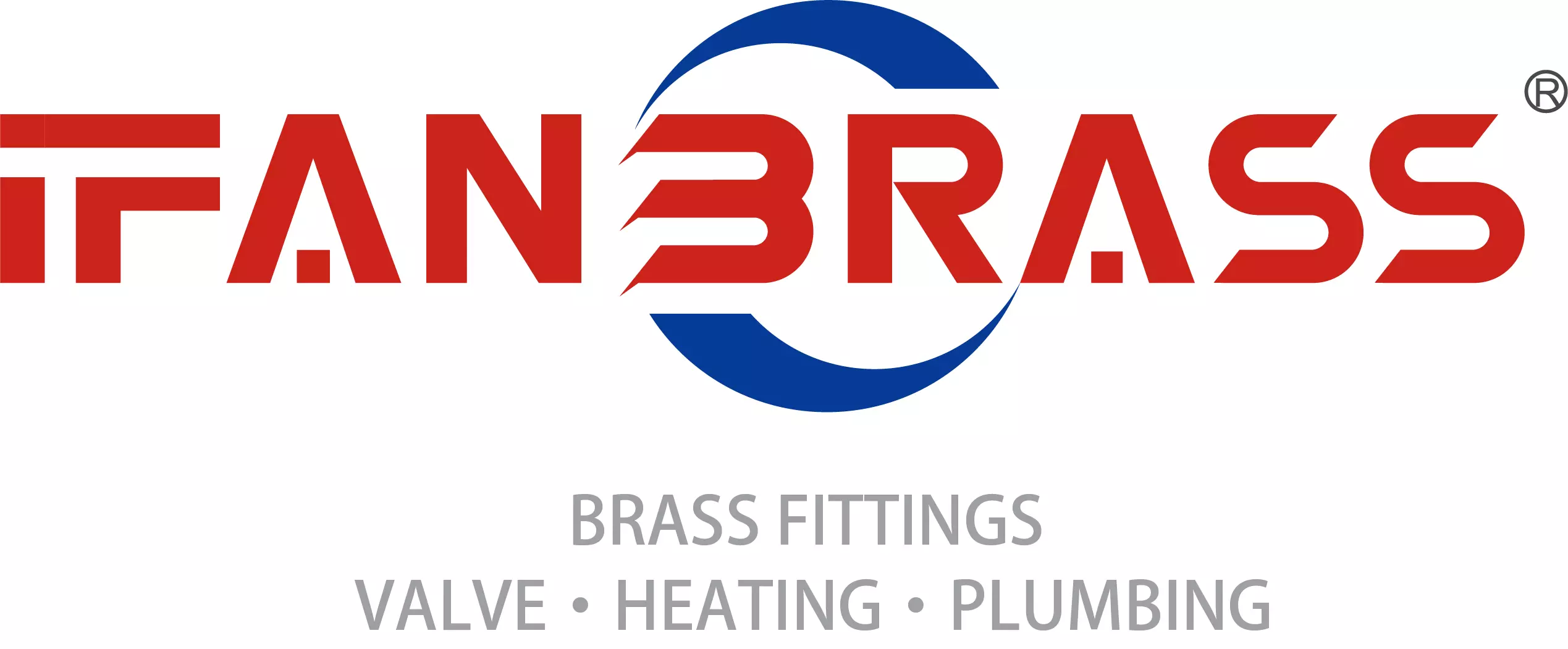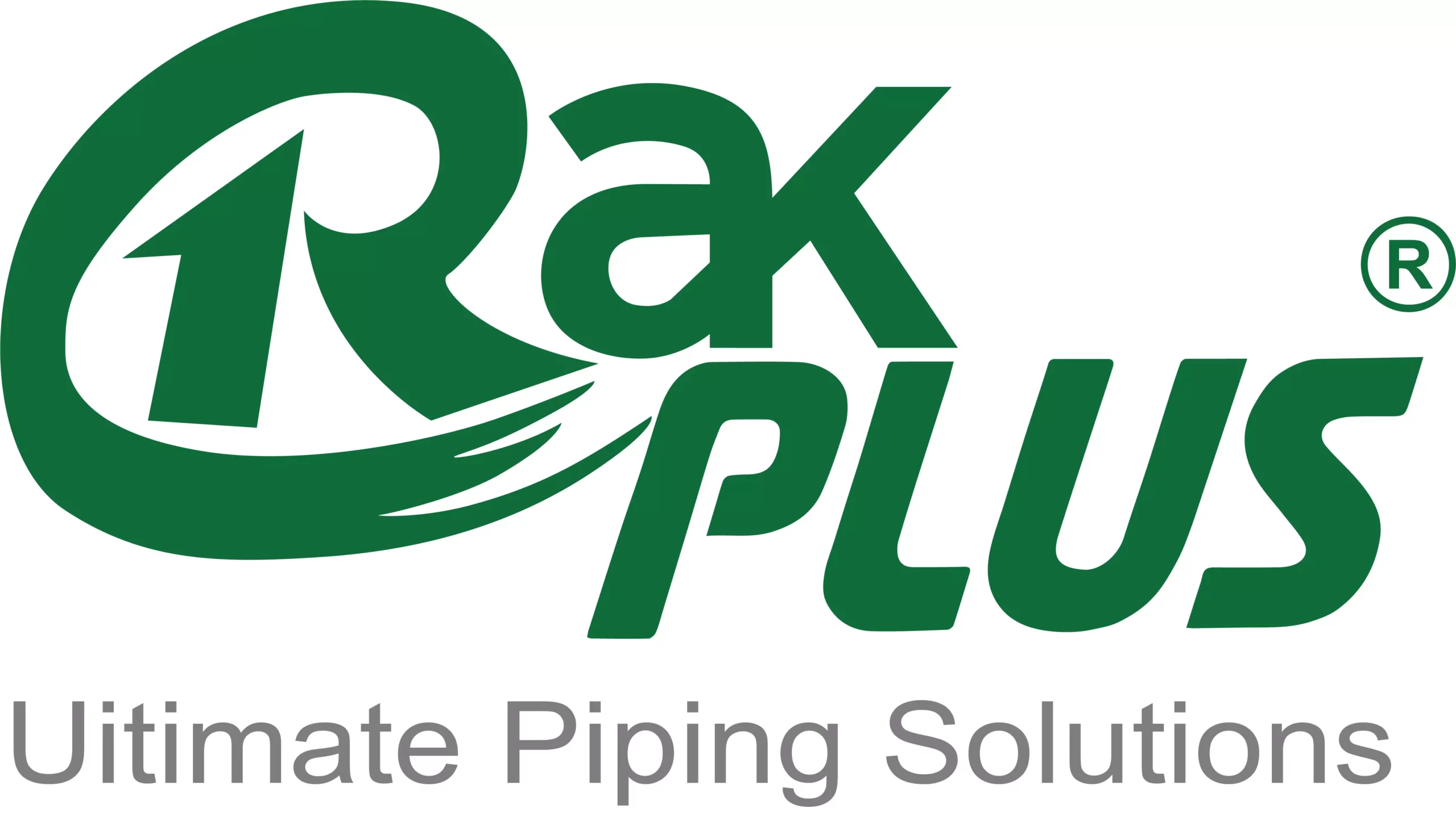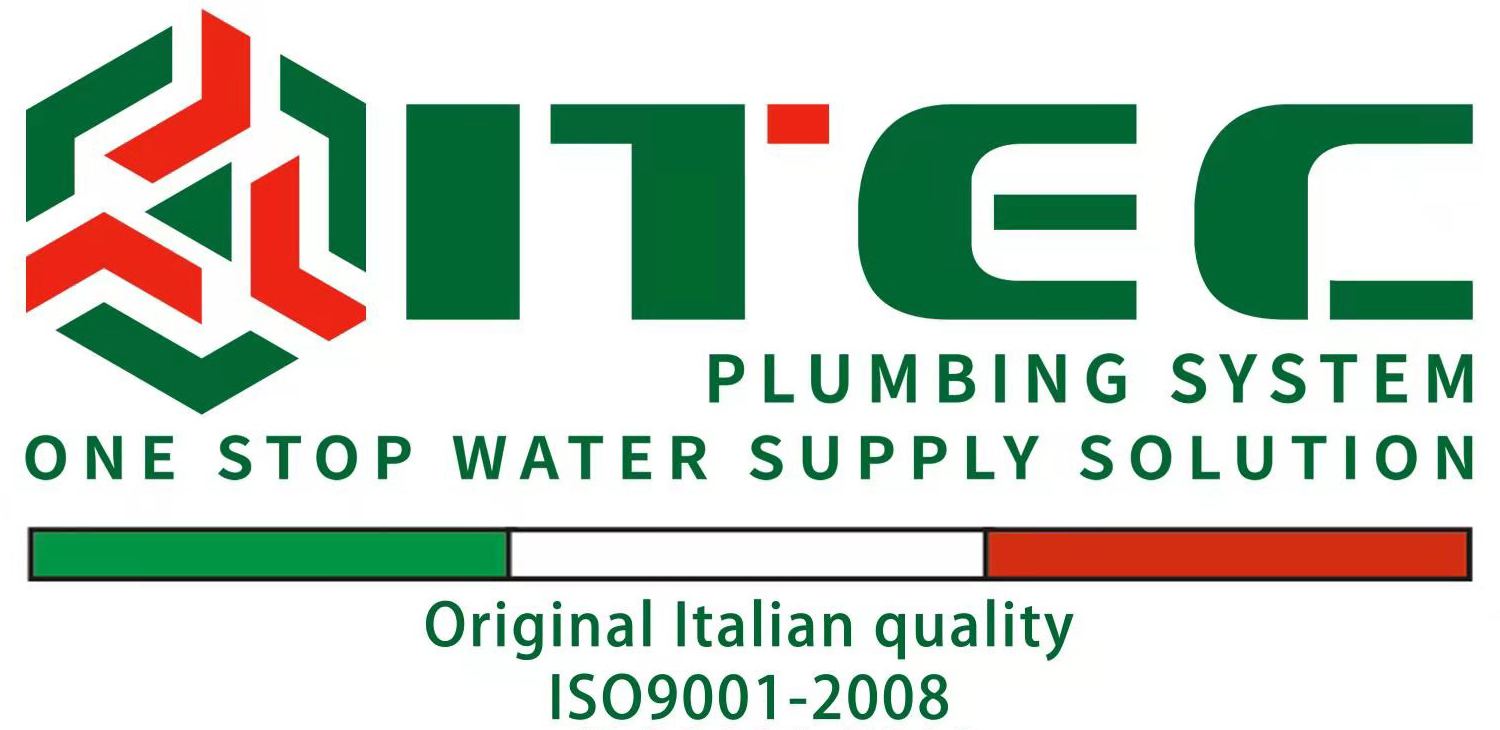Unplasticized Polyvinyl Chloride (UPVC) is a popular material used for piping and fittings in various applications. Known for its resilience and durability, UPVC has specific toughness characteristics that make it suitable for many environments. Toughness in materials refers to their ability to absorb energy and withstand impact without breaking. This property is crucial for ensuring that UPVC fittings perform reliably under stress.
Mechanical Properties of UPVC
UPVC has moderate toughness compared to other materials like metal or composite plastics. It exhibits good resistance to impact and stress under normal conditions. The toughness of UPVC fittings is influenced by their ability to endure mechanical loads and external forces without failing. For instance, in a residential plumbing system, UPVC pipes can handle typical water pressure and minor impacts without cracking or breaking.
Impact Resistance
Impact resistance is a key factor in the toughness of UPVC fittings. UPVC is designed to withstand common impacts that occur during installation and use. For example, accidental drops or knocks during installation usually do not damage UPVC fittings. However, excessive force or repeated impacts can cause stress fractures over time. In contrast, materials like metal might handle higher impacts but are more prone to corrosion.
Temperature Effects on Toughness
Temperature plays a significant role in the toughness of UPVC fittings. At normal operating temperatures, UPVC maintains its toughness well. However, extreme temperatures can affect its impact resistance. At low temperatures, UPVC becomes more brittle, increasing the risk of cracking under impact. For instance, in freezing conditions, a sudden impact on UPVC pipes can lead to fractures. On the other hand, high temperatures can soften UPVC, reducing its ability to withstand impacts.
Examples of Toughness in Action
Real-world examples illustrate the toughness of UPVC fittings. In a typical residential water system, UPVC pipes handle the pressures and occasional impacts from daily use without issue. For example, a plumber might drop a pipe during installation, but the UPVC material’s toughness usually prevents it from breaking. Conversely, in an industrial setting with high pressure or extreme conditions, the toughness of UPVC might be insufficient, leading to potential failures.
Comparison with Other Materials
Comparing UPVC to other materials helps highlight its toughness. For instance, compared to metal fittings, UPVC is less susceptible to corrosion but may not handle high impacts as well. In environments with high physical stress or temperature extremes, materials like CPVC (Chlorinated Polyvinyl Chloride) or metals might be preferred due to their superior toughness and temperature resistance.
Maintaining Toughness Over Time
To ensure the long-term toughness of UPVC fittings, proper installation and maintenance are essential. Regular inspections can help identify any signs of wear or stress that might affect toughness. For instance, in high-traffic areas, UPVC fittings should be checked for any damage that could compromise their performance. Proper handling during installation and avoiding excessive force can also help maintain toughness.
Environmental Impact on Toughness
Environmental factors can influence the toughness of UPVC fittings. Exposure to UV light and extreme weather conditions can degrade UPVC over time. For instance, prolonged exposure to sunlight can cause UPVC to become brittle. To mitigate this, UPVC fittings used outdoors should be UV-resistant or covered with protective coatings. Similarly, in highly corrosive environments, protective measures are needed to preserve toughness.
Applications Requiring High Toughness
Certain applications require higher toughness levels than standard UPVC fittings can provide. In these cases, alternative materials or reinforced versions of UPVC might be used. For example, in heavy-duty industrial applications, fittings made from reinforced UPVC or other tough materials are preferred to handle higher impacts and stresses.
Future Developments in UPVC Toughness
Ongoing research and development aim to enhance the toughness of UPVC fittings. Advances in material science might lead to new formulations of UPVC that offer improved impact resistance and durability. Innovations in manufacturing processes also play a role in enhancing the toughness of UPVC products, making them suitable for a broader range of applications.
IFAN International Standard for PVC Tubing
IFAN’s PVC products adhere to a wide range of international standards, ensuring they meet the highest quality and performance criteria. These standards include BS 3505, BS 4346, ASTM D1785 SCH40, ASTM D1785 SCH80, DIN, GB, DWV, ASTM D2665, ASTM D2241, ASTM D2665, ASTM D2729, ASTM F441/F441M, ISO 1452 series, EN ISO 1452, DIN 8061/8062, GB/T 10002 series, AS/NZS 1477, JIS K6741, CSA B137.3, NSF/ANSI 14, and TIS 17-2532/1131-2535. Compliance with these standards ensures that IFAN’s PVC pipes and fittings deliver consistent performance, safety, and reliability in a variety of applications globally.
Conclusion
In conclusion, the toughness of UPVC fittings is a vital characteristic that influences their performance and longevity. UPVC exhibits good impact resistance under normal conditions but can be affected by extreme temperatures and environmental factors. Understanding these aspects and comparing UPVC with other materials can help in selecting the right fittings for various applications. By ensuring proper installation, maintenance, and considering future developments, the effectiveness and durability of UPVC fittings can be optimized.
If you have read this article and have any questions, please feel free to contact IFAN. Below is our contact information:
Whatsapp:+86 13373827623
Email:[email protected]

